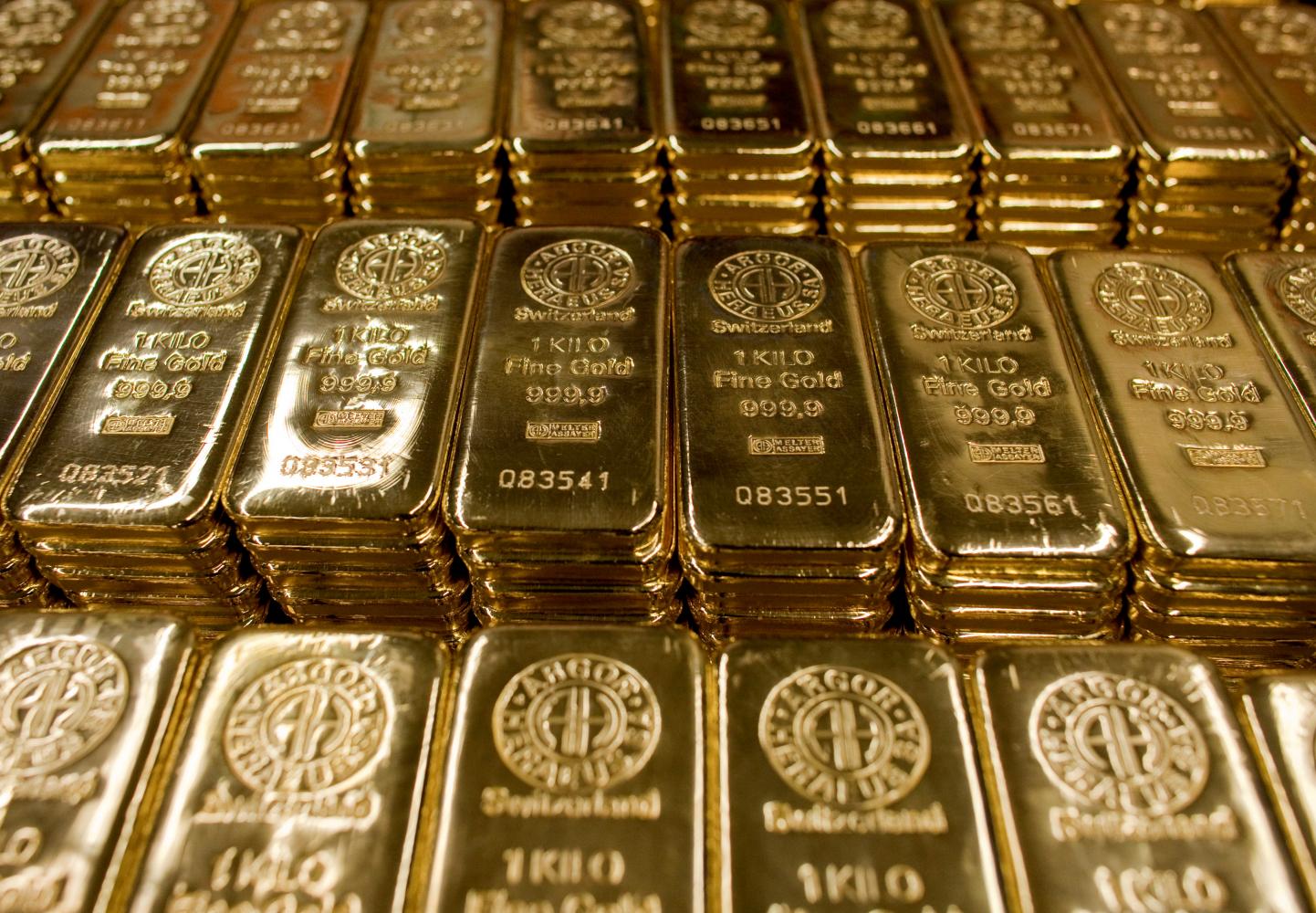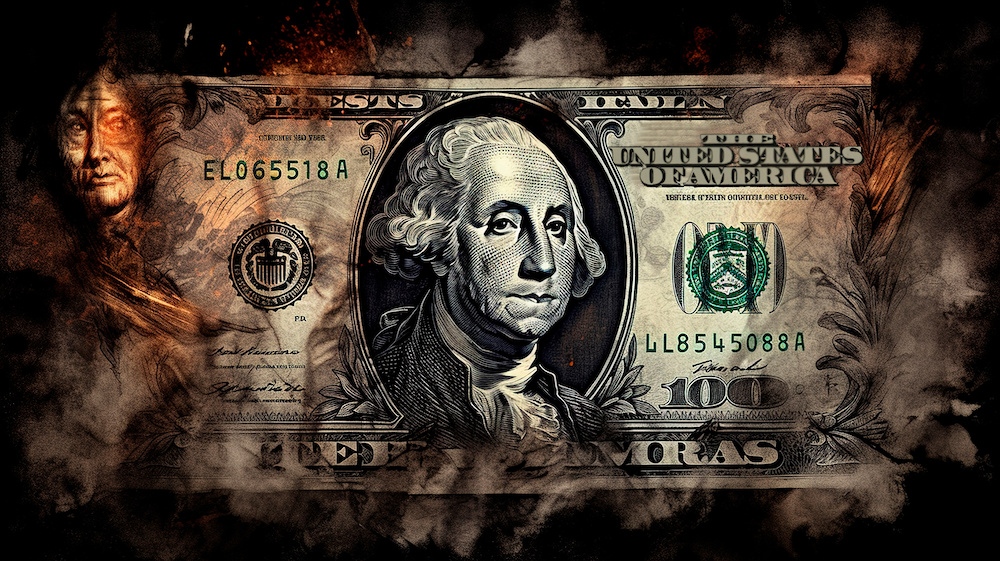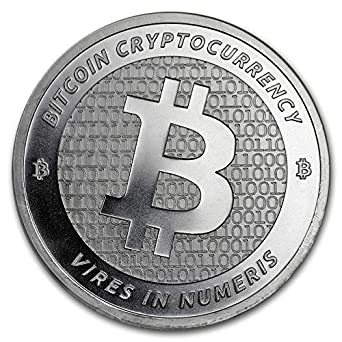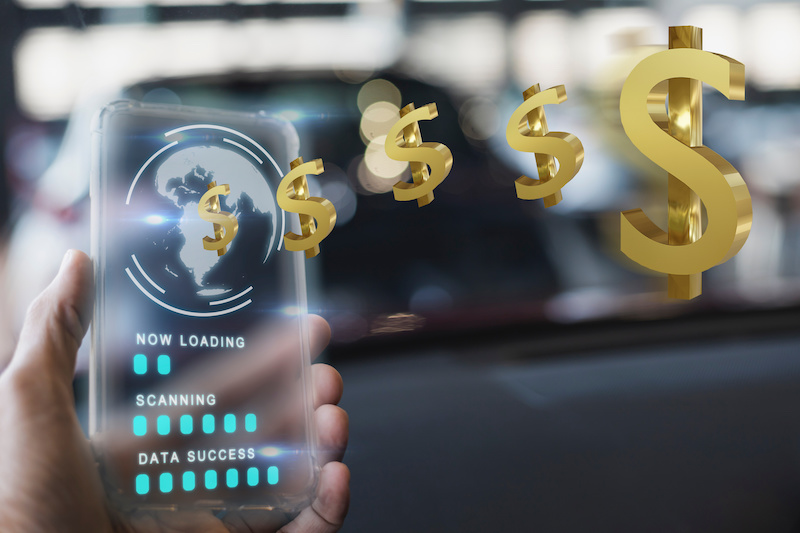US Government Debt now over $33.88 Trillion, USDebtClock.org
Earlier this year, the US Government hit a new milestone. The amount of government debt in the United States has grown to exceed $33.88 Trillion as a result of overspending by elected officials. The growing U.S. government debt is a complex issue with significant implications for American citizens and taxpayers.





